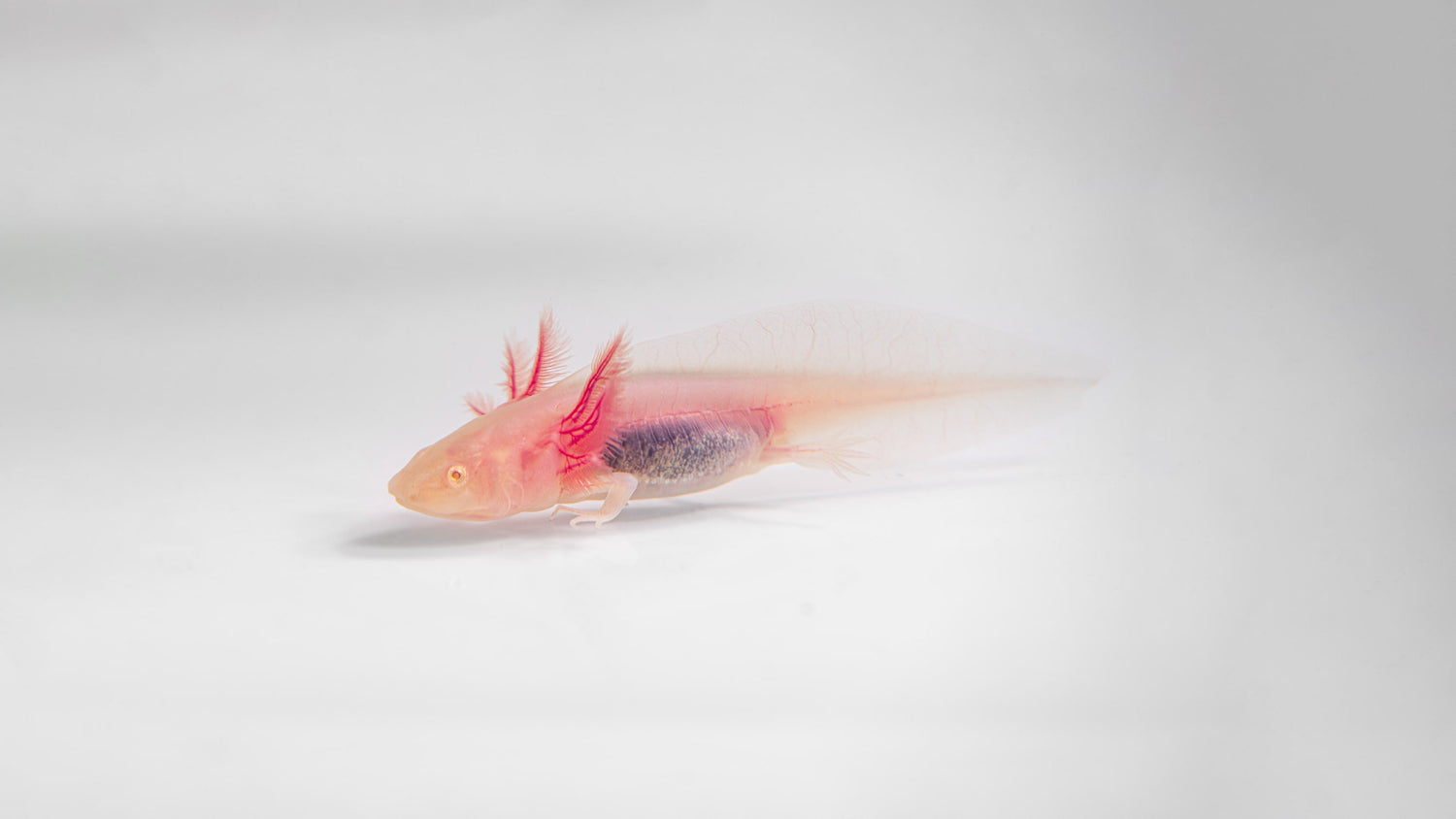Aquarium contamination is every axolotl owner’s nightmare. Whether caused by chemicals like soap, cleaning sprays, or perfumes, swift action is essential to ensure your axolotl’s safety. If your aquarium becomes contaminated, follow these steps to restore a safe habitat for your aquatic pet.
Step 1: Remove Your Axolotl Immediately
Quick Action Is Key
If you suspect chemical contamination, immediately transfer your axolotl to a safe environment. Prepare a separate container with clean, conditioned tap water to house your pet temporarily.
Step 2: Options for Storing Your Axolotl
Option 1: Move to Another Aquarium
The ideal solution is transferring your axolotl to a secondary, already-cycled tank. Ensure this backup aquarium is safe, properly conditioned, and free from contaminants.
Option 2: Fridging Your Axolotl
If you don’t have another tank, “fridging” is an effective alternative. Place your axolotl in a large container of clean, conditioned water and store it in the refrigerator. Axolotls thrive in cold temperatures, and this method can keep your pet safe and stress-free until its habitat is restored.
Pro Tip: Remember to change the water daily when fridging your axolotl to maintain optimal conditions.
Step 3: Cleaning the Aquarium
Once your axolotl is secure, it’s time to tackle the contaminated tank:
- Thoroughly Rinse the Tank and Equipment
Use tap water to rinse out the aquarium, decorations, substrate, and any other items. Don’t use detergents or additional chemicals—clean water is sufficient. - Discard the Old Water
Since contamination likely killed the tank’s beneficial bacteria, it’s essential to empty all the water and start fresh. - Clean the Aquarium Components
Remove any visible residue from the tank and decorations. Ensure that filters, heaters, and other equipment are free from contamination as well.
Step 4: Refill and Cycle the Aquarium
After cleaning, refill the tank with fresh, conditioned water. Before reintroducing your axolotl, you’ll need to cycle the aquarium to rebuild a healthy bacterial colony. Cycling ensures your water chemistry is stable and safe for your pet.
Need help with cycling? Check out our guide, How to Cycle an Aquarium, for a step-by-step tutorial on quickly restoring your tank’s ecosystem.
Conclusion
Restoring a contaminated aquarium requires swift action, but with careful planning, your axolotl can stay safe and stress-free during the process. By following these steps, you’ll ensure a clean, stable environment where your axolotl can thrive once again.
For more tips and guides on axolotl care, visit Axolotl Planet or reach out to our team of experts!

